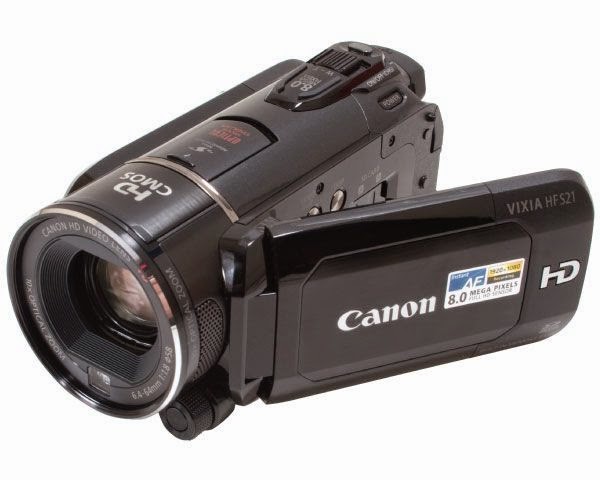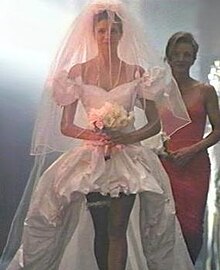We used a wide array of new media technologies within the planning, construction and evaluation stages of our advanced portfolio of coursework. These technologies were made up of both hardware and software, and some required us to come up with innovative solutions to overcome the restrictions and challenges which they gave us.

In the planning stage, I used Blogger in order to organise all of my work. This was an incredibly important piece of software because it meant that my work was instantly accessible, saving me from having to carry around documents such as a storyboard and shotlist. It also made it easy to embed videos and images alongside of text, meaning that I could analyse other music videos and publish my
In the research stages, I used several internet websites to gain an insight into the current contemporary and previous media texts. My main source of research was YouTube. This allowed me to view current music videos, and analyse their pros and cons, key conventions and overall aspects, and apply them to the construction and planning of my media product.
Similarly, I used Google Images. This was to research current music videos, magazine adverts and digipaks. From this, I took on board what to include in my media product and ancillary texts, and why to do this.
Lastly, I used Blogger to promote and show my research. This is where I could refer back to when planning my product, and also show the journey of development I conducted throughout this course.
 |
| One of our group members using the tripod in an identical way to how we used it in the production of our music video. |
 I used several media technologies in the construction stage of this course. Firstly, in order to capture the film itself, we used hardware before using software to perfect it. We used a HD camera to film the music video initially. This was so that we got a professional looking video, and would therefore make it more successful overall.
I used several media technologies in the construction stage of this course. Firstly, in order to capture the film itself, we used hardware before using software to perfect it. We used a HD camera to film the music video initially. This was so that we got a professional looking video, and would therefore make it more successful overall.
In the process of using this HD camera, we used a tripod to keep the camera static. This was so that our camera was held steady, and therefore looked better overall as the handling did not look unprofessional or tacky.
The software aspect of the construction played a large part in the course. iMovie was firstly used to compile the clips we filmed together, in order of our narrative. We also used this software program to sync our characters mouth movements with the lyrics. This made the lip sync aspect easy to produce, and added to the triumph of our piece.
We also used Final Cut to edit our piece further. We used this software to edit our clips, add in transitions, and include overall effects to our piece.
In the evaluation stages of this project, I used several media technologies. I used the internet to access the Blogger website. This was so that I could firstly review my coursework. I then wrote up my thoughts and overall evaluations, and formed them into separate posts.
Overall, I feel I used used media technologies, both hardware and software, very throughout the duration of this coursework. I have learnt a lot by using the filming equipment, as well as all of the software that was involved in all stages of production.
We also used Final Cut to edit our piece further. We used this software to edit our clips, add in transitions, and include overall effects to our piece.
In the evaluation stages of this project, I used several media technologies. I used the internet to access the Blogger website. This was so that I could firstly review my coursework. I then wrote up my thoughts and overall evaluations, and formed them into separate posts.
Overall, I feel I used used media technologies, both hardware and software, very throughout the duration of this coursework. I have learnt a lot by using the filming equipment, as well as all of the software that was involved in all stages of production.






























